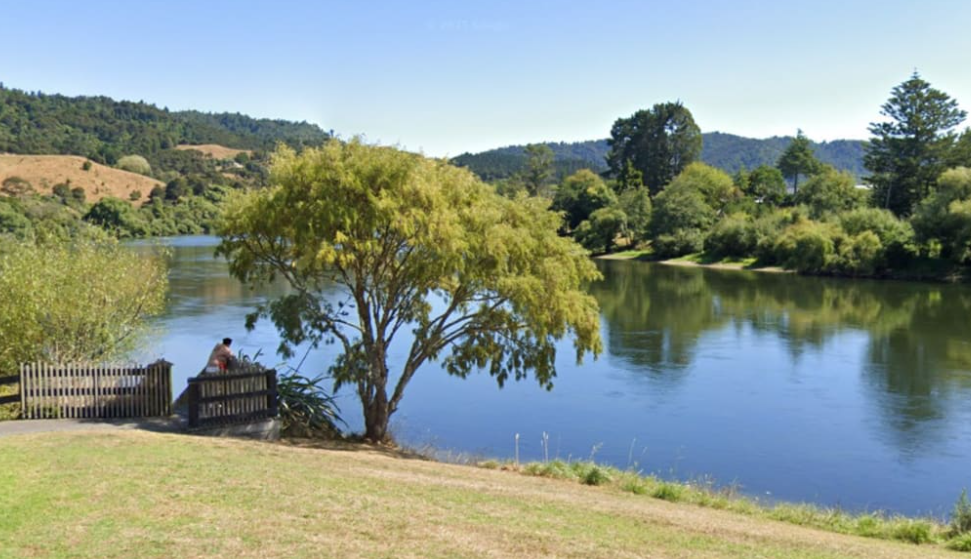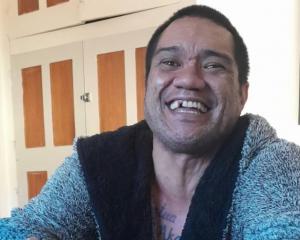
By Amy Williams of RNZ
A Coroner is calling for warning signs to be installed at a popular spot along the Waikato River after a young father drowned while swimming with his young son.
It was a hot summer's day in February 2021 and about 50 people, including families with young children, were at The Point - Ngāruawāhia's main swimming spot.
Nathan Eketone-Mahara, 29, was a strong swimmer familiar with the river, but got into trouble in the strong current and disappeared under water while with his young son, who was rescued.
Associate Coroner Seung Youn said his drowning was a "tragic accident" and recommended changes to prevent similar deaths in future.
"Considering the circumstances of this death, it is highly likely that the strong current of the river affected Nathan's ability to swim," Youn said.
"There needs to be a caution when swimming in rivers with possibility of strong currents even if the river looks calm. I consider that an appropriate signage is necessary to remind the public of the risks and to keep them safe."
There were no water safety signs at the swimming hole, where the river rapidly flows north under the Ngāruawāhia Rd Bridge.
A little further along, a KiwiRail overbridge is a popular jumping spot despite signs at either end of the bridge warning of danger.
Eketone-Mahara and his family arrived for a swim about 5pm and jumped off the train bridge, swimming back to join his family.
The Coroner said he then took his boy for a swim in the river.
"Nathan was known to be a strong swimmer and someone who had previous diving experience. He was also familiar with the river, being a local and had swum there before."
Youn said Eketone-Mahara swam in the middle of the river.
"His son was on his back and the pair were seen to disappear under the water before surfacing."
The father was then seen with his son underneath his arm, swimming back towards the shore, the Coroner said.
"Nathan looked calm and was not making any noise. Nathan's son was crying in the water and both Nathan his son went under the water. Nathan's friend who saw this ran to her partner for help.
"Nathan disappeared under the water again and did not resurface. This was witnessed by a family friend who rushed into the water and saved the three-year-old son."
His body was found about a kilometre from the swimming hole the following morning.
The Coroner noted the dangerous currents near the swimming spot's two bridges, which were supported by large round concrete piles driven deep into the river.
"The current is extremely swift in the middle of the river as it flows past the group of concrete piles.
"The water is between one and three metres deep closer to the shore but the area of swift water between the piles and the shore is considerably deeper, the exact depth is unknown."
He said it was necessary for The Point to have water safety signs, according to Australasian guidelines.
Youn asked Water Safety NZ and Waikato Regional Council for signs at the swimming hole that warn of a strong current and the dangers of swimming in the river, as well as not jumping from the bridge and diving into the water.
He recommended Water Safety NZ continue to set up and implement a strategy to promote water safety in the Waikato region.
Water Safety NZ chief executive Gavin Walker said river safety education was an important part of the mix to reduce harm around New Zealand's rivers.
"There are often more effective things that can be done to reduce risk than signage. Signage can and does play an important part influencing the behaviour of individuals in specific situations," Walker said.
"Equally, signage doesn't tend to have much impact when it contains only generic warnings or where these warnings conflict with what people observe themselves."
He said Water Safety NZ supported signage being used in limited situations, where specific actions were required from individuals that was different to what was usually expected or where the hazard was difficult to perceive by most people.
"The point is a location that is frequently used by locals for swimming where the hazards of a flowing river are easy to appreciate. So, we aren't sure that a sign at this location will lead to change that reduces risk."
Even so, Walker said Water Safety NZ would work with local community stakeholders to explore the merits of additional signage alongside other actions such as river safety education for the kids in the community.
"We are supportive of every step taken in the Waikato to reduce the burden of drowning. Close work across local government, supporting community-led interventions alongside local, regional, and national water safety awareness campaigns are aimed at change for the long-term."













